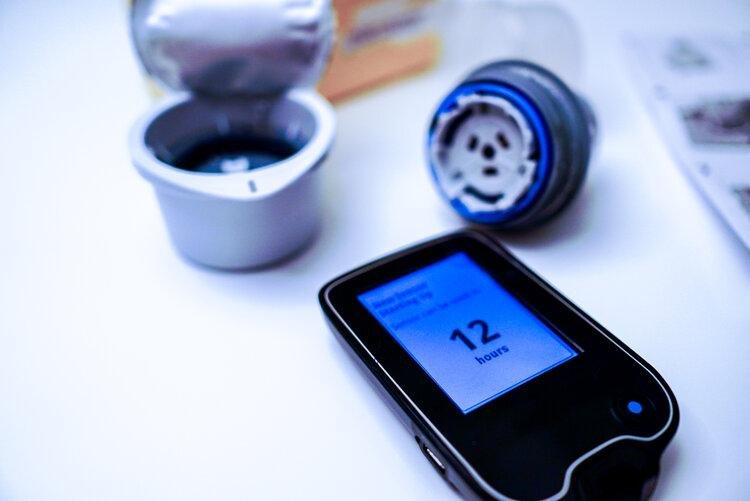Glycemic Goals: Choosing Low GI Foods for Better Health
Setting glycemic goals is crucial in managing one’s health, especially for those concerned about their blood sugar levels. Choosing low Glycemic Index (GI) foods can support overall well-being, diabetes management, and weight loss. This comprehensive guide will help you understand the benefits of low GI foods and how to incorporate them into your diet effectively.
Understanding the Glycemic Index
The Glycemic Index is a measure of how much a particular food raises one’s blood glucose levels. Foods are classified on a scale from 0 to 100, with higher values assigned to foods that lead to a more rapid increase in blood sugar levels.
Here’s a simple representation:
| GI Level | Classification |
|---|---|
| 70 or higher | High GI |
| 56 to 69 | Medium GI |
| 55 or lower | Low GI |
The Benefits of Low GI Foods
Improved Blood Sugar Control
Low GI foods are absorbed slowly into the bloodstream and, therefore, produce a slower, steadier rise in blood sugar. This contributes to better blood sugar management, especially vital for those with diabetes.
Weight Management
Low GI foods help control hunger and delay hunger cues, making one feel full for longer. This can assist in managing one’s weight by reducing calorie intake.
Heart Health
Some studies suggest that a low GI diet can reduce the risk of heart disease by controlling cholesterol levels.
Boosted Energy Levels
Since low GI foods provide a slow release of energy, they can maintain your energy levels and prevent energy slumps throughout the day.
Choosing Low GI Foods for Better Health
Aiming for a more low GI diet involves some simple swaps. We’ve compiled a list of food choices that are delicious, nutritious, and low-GI.
- Substitute white bread with whole grain or multigrain alternatives.
- Opt for sweet potatoes instead of regular white potatoes.
- Rather than cornflakes or Rice Krispies, choose oats or muesli for breakfast.
- Replace instant rice with brown rice, wild rice or quinoa.
- Instead of watermelon and pineapple, snack on cherries, peaches, apricots, apples, oranges, and pears.
- Nosh on legumes, lentils, and chickpeas in place of baked beans or refried beans.
Final Thoughts
While the Glycemic Index can guide healthier food choices, it’s essential to remember that it’s just one tool. A food’s GI score does not determine whether it’s healthy or not. Nutritional balance and moderation are vital for overall health. Remember to consider factors such as portion size, preparation method, and your overall dietary needs.
Incorporating low GI foods into your diet can contribute significantly to better health. Consult with a dietitian or healthcare professional to determine dietary changes that best suit your individual health needs.





